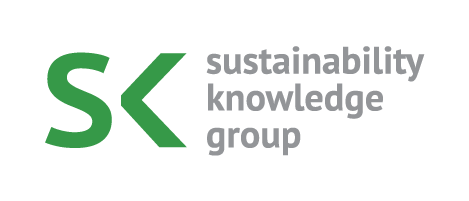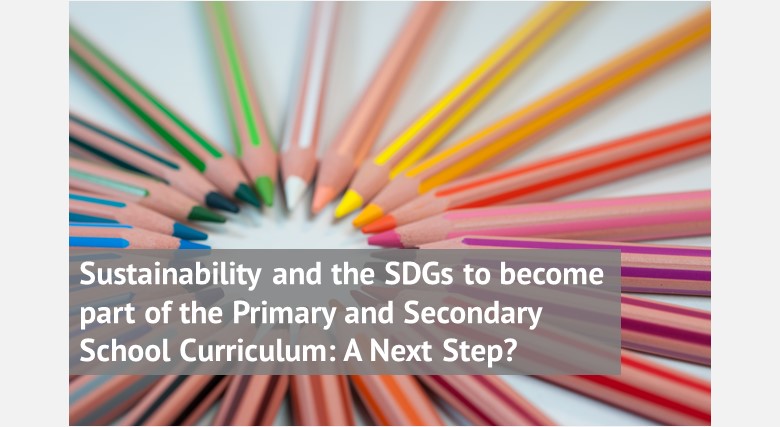The word “climate strike” has been declared as “word of the year” in 2019 by Collins Dictionary. This is no surprise given the fact that climate protests have been surging around the world lately. Nevertheless, the term is best associated with a global youth climate movement led by 16-year-old Swedish activist Greta Thunberg and describes protests where students miss school, or adults miss work, to push for faster action on climate threats. But there is a question how much students at both primary and secondary school know about climate change and the Sustainable Development Goals (SDGs). How can the SDGs be taught at schools? Should lessons on Sustainability and the SDGs be compulsory?
How can the SDGs be taught at schools?
There is no doubt that the climate strikes organized and attended by the youth have had a great impact in raising awareness about the climate crisis but these students need to acquire knowledge about the global issues and to learn about the SDGs rather than only being informed by the news posted on the Internet or TV. Learning about Sustainability, Corporate Responsibility, climate change and the SDGs at primary and secondary schools can help students adopt skills and acquire knowledge that would enable them to actively contribute to the realization of the SDGs. So, how can the SDGs be taught at schools?
The teachers can introduce the SDGs in everyday lessons and the first step should be to select what subjects related to the 17 goals already exist in the curriculum. In addition, teachers can also tie the goals into classes they are already teaching. There are a lot of free resources available to teachers who want to introduce the SDGs into their day-to-day teaching. For instance, the World’s Largest Lesson offers a set of free and translated lessons, animations and activities that teachers can use to help students identify actions they can take to make the Goals “a reality in their own lives and communities”. UNICEF provides tools to engage children and SDG implementation guidance for countries. Also, Oxfam offers lesson plans with SDG themes for different age groups, plus advice on incorporating global themes into the whole school’s activities. Yet, relying on a handful of committed and enthusiastic teachers to teach students about Sustainability, climate change and the SDGs is not a long term, reliable solution.
Should lessons on climate change and the SDGs be compulsory?
One of the main headlines at the beginning of November has been that Italy has decided to be the first country to adopt a climate change curriculum in public schools. Namely, beginning in September 2020, all students will receive 33 hours a year of lessons on climate change and environmental Sustainability, which is about one hour per school week. However, this is considered to be just the first step since Italy’s education minister, Lorenzo Fioramonti’s goal is to bring climate change education into other subjects, such as geography and math, where students would look at traditional subjects from a sustainable perspective. The curriculum will be created with the help of environmental experts and will be tailor-made to suit the different age groups of students. Teaching students about climate change and the SDGs at both primary and secondary schools does not imply that they will be left to solve the current global issues but rather it will “build a strong bridge between old and new generations around sustainable development as a social glue”.
Will other countries follow the example of Italy?
There are some examples of schools and teachers introducing the topics of climate change and the SGDs in their everyday teaching. For example, Torriano Primary School in London teaches the youngest children in the nursery classes what the SDGs are. Another school in India, the D.A.V. Public School approached the SDGs in a creative way. However, enabling only some students to learn about Sustainability, the global environmental and social issues, may not be enough and will certainly not have the cumulative effect on the realization of the Sustainable Development Agenda. How can we ensure that everyone in primary and secondary education receives at least basic information on Sustainability? After all, all students need to have fundamental knowledge about Sustainable Development, Sustainability and climate change before they head to the streets to protest.
Photo by Agence Olloweb on Unsplash

